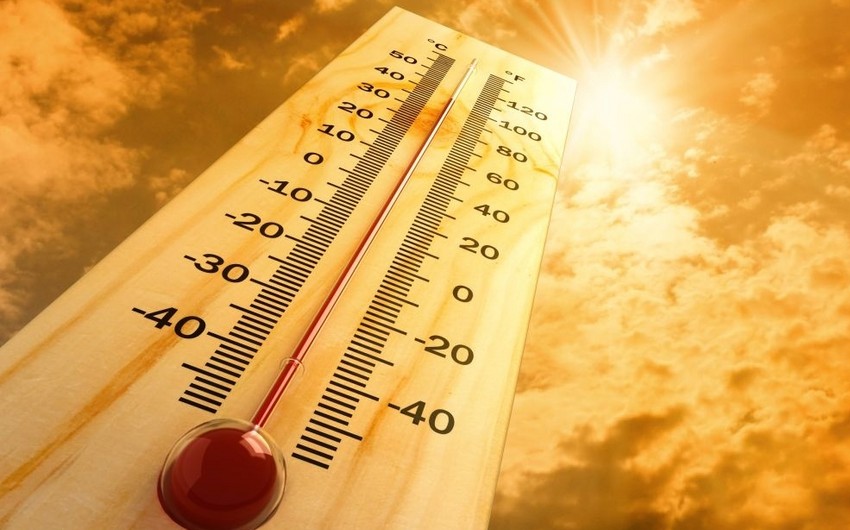In May and June, the weather in most of the Northern hemisphere will be warmer than usual, which is due to the above-average temperature of the ocean surface, Report says the World Meteorological Organization (WMO).
The climate outlook is based on global prediction models run by WMO-accredited centers around the world. Despite the absence of El Niño event warming, global average surface temperatures are running at near-record levels. According to Copernicus ECMWF, April 2020 tied as the warmest April on record with April 2016, at which time there was a strong El Niño. Global temperatures in January, February, and March 2020 were also the warmest or second warmest on record, according to international datasets.
“In the COVID-19 era, now more than ever before, we need reliable weather forecasts and longer-term climate outlooks. Since temperatures and precipitation have a major impact on key economic sectors and public health systems, which have been brought to the brink of collapse by the pandemic,” said WMO Secretary-General Petteri Taalas.
“Even ENSO neutral months are warmer than in the past, as air and sea surface temperatures and ocean heat have increased due to climate change, and this is having a major impact on extreme events like tropical cyclones and rainfall patterns,” he said.
Near-average precipitation conditions are expected in the central and eastern equatorial Pacific.
Above-normal precipitation is more likely just north of the equator in the central tropical Pacific, in the eastern Indian Ocean extending into the western Indian Ocean, over Australia, and the west portion of the Indonesian Archipelago.
Southwest to the northeast band of below-normal odds for precipitation stretches from the western tropical to northern extratropical Pacific. Below-normal rainfall predicted for southern South America, Caribbean, equatorial South America, and Indian sub-continent.


 https://static.report.az/photo/3ad61838-ef61-41fc-8515-e27a48d5541c.jpg
https://static.report.az/photo/3ad61838-ef61-41fc-8515-e27a48d5541c.jpg

